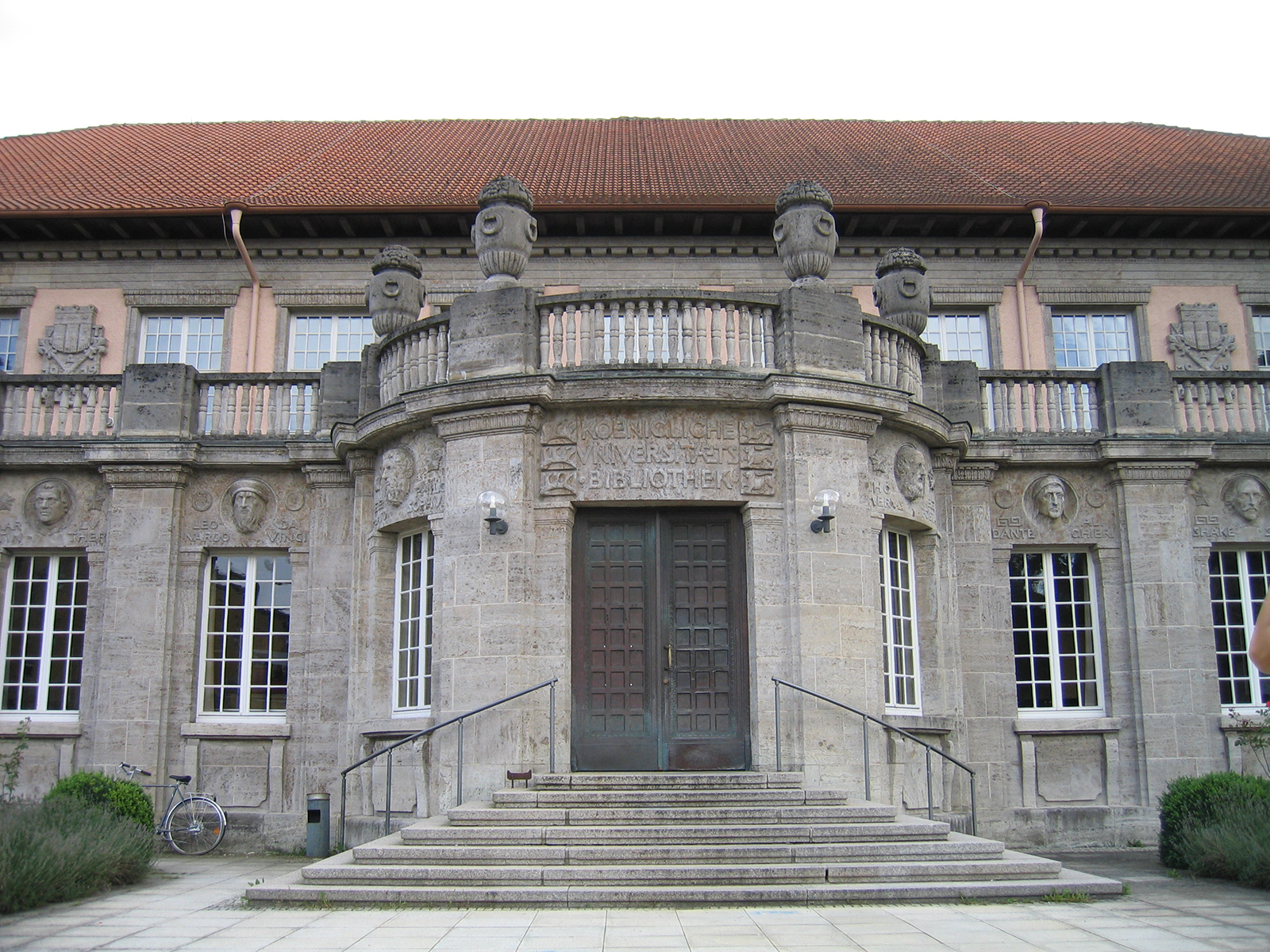University of Tübingen: Large biodiversity ensures efficient use of phosphorus in grassland
Geoecologist at the University of Tübingen examines the mutual influences of plants and soil microorganisms
Species-rich grassland is also home to many types of microorganisms in the soil, which, in interaction with the plants, use the scarce resource phosphorus efficiently. This was found out by geoecologist Professor Yvonne Oelmann from the Geosciences Department at the University of Tübingen together with an international research team. The findings could be an incentive for agriculture to promote biodiversity. Because phosphorus is often introduced into grassland as an expensive fertilizer, the use of which could be reduced by promoting aboveground and underground biodiversity. The research results were published in the journal Nature Communications .
Grassland is meadows or pastures, i.e. agricultural areas on which herbaceous plants and grasses are grown for grazing or mowing in livestock farming. It was already known that in a grassland mix with many plant species, the plants grow better and use the nutrients more efficiently. “This also reduces the leaching of the groundwater pollutant nitrate,” explains Yvonne Oelmann. She investigated whether biodiversity also has an impact on phosphorus, which is important for plant growth, and what role soil microorganisms play in this.
Sheep graze in a meadow
Biodiversity also contributes to the efficient use of phosphorus in agricultural grassland.
Stable results
“So far, many indications of the effects of species diversity have come from experiments in which the number of species of plants is varied while all other environmental conditions are kept as constant as possible,” says Oelmann. “However, it is precisely these environmental conditions that are repeatedly changed in the agricultural use of grassland in Central Europe, for example through fertilization.” The research team therefore wanted to know whether possible positive effects of biodiversity on the phosphorus cycle persist beyond the influence of agricultural use.
The study areas were experimentally used grassland and agriculturally used grassland areas. Oelmann and the team surveyed the biodiversity of plants and microorganisms as well as the use of phosphorus. “With the increase in the biodiversity of the plants on the experimental grassland, the phosphorus was better utilized,” the scientist summarizes the results. On the agriculturally used areas, the processing measures would have overlaid some of the processes that could be demonstrated in the experiment. “But even there, species-rich grasslands performed better in terms of phosphorus utilization than species-poor,” says Oelmann. “Even a relatively small increase in plant species diversity through sowing could reduce the need for fertilizer and at the same time reduce the risk of yield losses.

